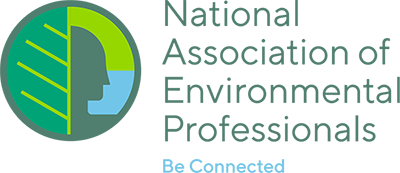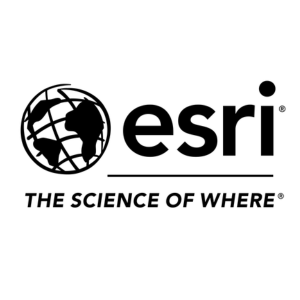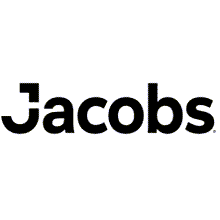
Best Practices for Partnering and Collaborating with Tribes: The Who, What, How, and Why
Thursday, August 27
11:15–12:00 PM PT | 2:15–3:00 PM ET
About the Session
Relationship-building between Native American tribes and environmental and cultural professionals is mutually beneficial. It leads to greater efficiencies and understandings that aid in the advancement of projects requiring compliance with National Environmental Policy Act (NEPA) and Section 106 (National Historic Preservation Act) processes. A strategic approach to building relationships maximizes the potential for meaningful collaboration between tribes and the project developer, and reduces potential risks to proposed projects.Our presenters will share multiple perspectives for identifying tribal stakeholders. Best practices presented will include how to develop thoughtful engagement approaches, encourage dialogue and interaction among participants, and elicit input that adds value to decision making.
Key insights will include:
- The value of understanding other world views
- The importance of understanding the concept of sovereignty and how it affects engagement and consultation planning for projects
- Why you need to know if there are treaties in your project area and how they will affect NEPA and Section 106 decisions
- Gauging the appropriate level of involvement for tribes from formal consultation to long-term relationship-building
- Defining confidentiality of tribal information in the context of publicly documented projects
Attendees will learn best practices for tribal consultation and engagement and successful tools they can implement immediately for building long-term relationships with tribes. Identification and evaluation of historic and cultural resources will also be covered, including knowledge of when to engage the services of archaeologists, tribal monitors, or procure tribal-led cultural survey.
Tracks:
- Cultural and Historical Resources
- Public Involvement
About the Speaker
 |
Anne Ketz
CEO & Services Director
106 Group
Anne’s career in cultural resources management and planning extends over 40 years and three continents. Originally from the United Kingdom, now living in the United States, Anne has been instrumental in the establishment of culture and heritage as a vital part of community planning. Today, Anne is honored to serve as Vice President for the International Committee on Interpretation and Presentation of Cultural Heritage Sites for International Council for Monuments and Sites. Since co-founding 106 Group in 1992, she has worked with a broad range of stakeholders, including community activists, planners, and Native American leaders. Anne’s diplomacy has brought successful resolutions to complex and controversial projects. She has authored numerous interpretive plans, cultural resources reports, and historic preservation plans and papers. Much of her career has been dedicated to increasing public access to and understanding of the world’s cultural resources and sites.
|
 |
Paul Backhouse
Tribal Historic Preservation Officer
American Alliance of Museums- accredited Ah-Tah-Thi-Ki Museum
Dr. Backhouse has served the Seminole Tribe of Florida for more than a decade. He has been the Tribal Historic Preservation Officer \(THPO\) since 2012, and the director of the American Alliance of Museums-accredited Ah-Tah-Thi-Ki Museum since 2013. He is the primary representative for the Seminole Tribe of Florida THPO and Museum for the purposes of day-to-day operations and during government to government consultation between the Tribe and Federal entities. He manages a staff of more than 50 historic preservation professionals. Dr. Backhouse received a Ph.D. in Archaeology from Bournemouth University, England in 2008, is a member of the Register of Professional Archaeologists and numerous associated professional bodies.
|
Back to Top
|






